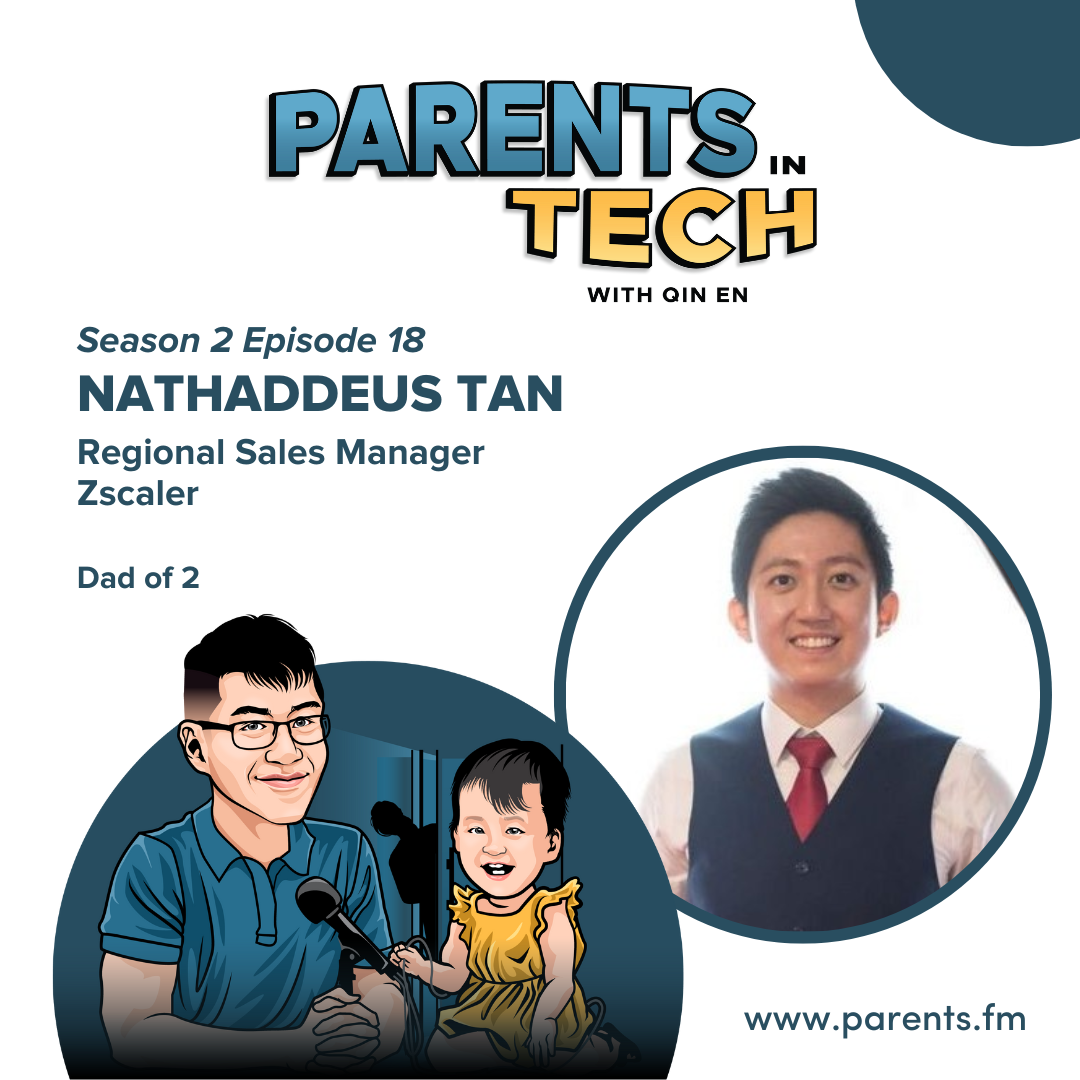The theme for this episode is how children learn. We examine two books – the eponymous How Children Learn by John Holt and The Montessori Toddler by Simone Davies. These two books discuss different foundations and methods to help understand how our children acquire and absorb information.
How Children Learn by John Holt was first published in 1967, and then revised in 1983. In 2017, a 50th anniversary version was published with a new prologue, although the content remained substantially the same. He wanted to create change by dissociating education from schooling, with the belief that children do not need and, in fact, would be better off without compulsory schooling. He concluded that learning in freedom for children was best. In this book, he describes in detail and with several examples, what natural learning is. Natural learning is when there is no anxiety or fear, pressure or manipulation by the parents. The book helps us understand why it is important to allow children to develop their own mental processes and discusses how children learn to speak, read or pick up other skills like sports, art or math. In addition, the book discusses the importance of games, fantasy and, curiosity on the child’s mind development.
The second book we are going to check out will be The Montessori Toddler, written by Montessori educator Simone Davies. Montessori is a word we as parents hear a lot – from the advertisements of pre-schools to conversations with other parents. This book introduces what the Montessori method is, and talks about the practical parenting strategies that will support a child's development.
So what is the Montessori method? Most teachers in traditional education stand up in front of the class and decide what kids need to learn. This is called a "top-down" approach. In the Montessori method, there is a dynamic relationship between the child, the adult, and the environment. In this dynamic, the child is in charge of his or her own learning. The child is then supported by the adult and the environment. The materials for learning are laid out on shelves in sequential order from easiest to hardest. The child works at their own pace with the material, following their interest at that moment. Next, the teacher or parent observes the child, and when it seems he or she has mastered it, the teacher or parent will give them a lesson with the next material. In other words, the kid is in charge of what they learn, how they learn, and how fast they progress. Simone' book describes how educational values utilized in a Montessori classroom can also be used at home. She describes a variety of Montessori activities, that we as parents, can conduct with our children.
I believe that both books complement each other well. The common principle both emphasize is to trust our children in the learning process. Joh Holt’s book provides a foundation and concepts about children's learning, such as the impact of us parents pushing our kids to learn. Simone’ book then comes in with a vast catalog of activities on how we as parents can avoid exerting this pressure.
So, what will we be discussing in the next few minutes? We will summarize the key takeaways from each of the 6 topics.
Welcome to the Parents in Tech Book Club! In each episode, we summarize lessons and takeaways from two best-selling parenting books, so you can save time, get your dose of parenting advice and get back to our families and careers.

The importance of rest, how parenting requires high self-awareness and discipline, and being firm with setting rules. I talk to Nathaddeus Tan about his...

Establishing family support and parenthood communities, being upfront on the topic of parenthood, and learning the love languages of your wife and kids. From...

The theme for this episode of Parents in Tech Book Club is developing and nurturing our children's minds. We examine two books by New...